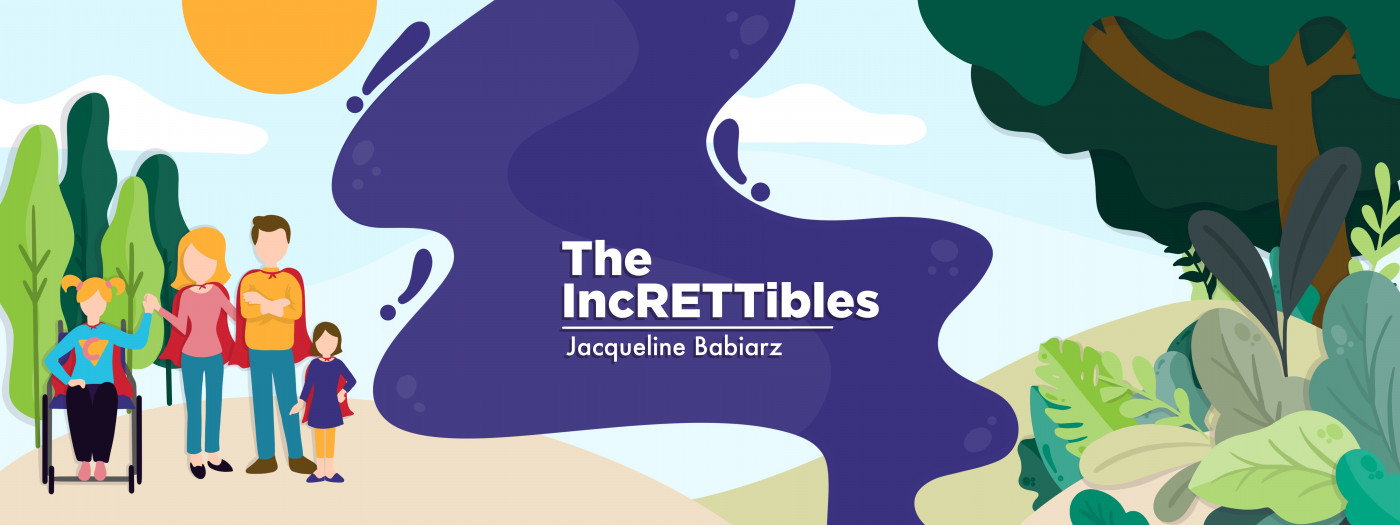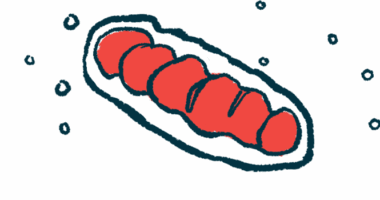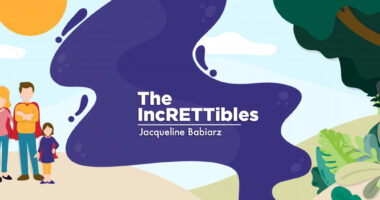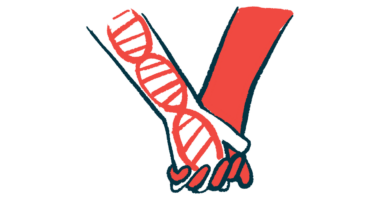Working in Adapted Physical Education, I Think of My Children
Raising a child with Rett syndrome has helped this teacher with her students

Since stepping back into teaching recently after staying home for 14 years to raise my two daughters, I tend to think about them often while I’m working.
I work with students at various grade levels, from preschool to eighth grade, in adapted physical education. I’ll picture my 13-year-old daughter, Cammy, who has Rett syndrome, at each level of school. Then I’ll think about my neurotypical 11-year-old, Ryan, when middle school students choose to give up part of their lunch periods to spend time with my students as peer buddies. Ryan would be a fantastic peer buddy; she is a natural and is already growing up in our family.
When I’m with preschool and kindergarten students, I love witnessing the wonder and excitement in their eyes. As the mother of a daughter with profound special needs, I know that Cammy didn’t have the full experience of exploring to learn on her own.
On the other hand, Ryan had every opportunity to explore playground equipment, toys, textures, and more on her own. In working with the younger students and providing those opportunities in a safe environment with expert aides, the progress they are making each day is astounding.
At the elementary school level, students are working on specific skills. I imagine how I would adapt each piece of equipment for Cammy’s needs so that she could successfully participate. Watching the children’s eyes light up when we make these types of adjustments so that they can play is exactly how Cammy looks at me when she is included.
At the middle school level, I channel both of my girls. Cammy is in the eighth grade, and Ryan is in sixth. They could easily be in this class. Cammy could be my student, and Ryan could be a peer helper.
Making new friends
Four incredible peer helpers give up part of their lunch each day to spend time in our class. They don’t do it for a grade. They are there to make new friends and help my students socialize and become successful. The interactions between them is a beautiful sight.
I know firsthand how vital these relationships are because Cammy has had peer buddies in gym class since she was in kindergarten. She met her best friend, Payton, in kindergarten, when Payton was an older peer buddy. They have been best friends ever since. I see these friendships forming for my students now, and it warms my heart.
Note: Rett Syndrome News is strictly a news and information website about the disease. It does not provide medical advice, diagnosis, or treatment. This content is not intended to be a substitute for professional medical advice, diagnosis, or treatment. Always seek the advice of your physician or other qualified health provider with any questions you may have regarding a medical condition. Never disregard professional medical advice or delay in seeking it because of something you have read on this website. The opinions expressed in this column are not those of Rett Syndrome News or its parent company, Bionews, and are intended to spark discussion about issues pertaining to Rett syndrome.








Leave a comment
Fill in the required fields to post. Your email address will not be published.